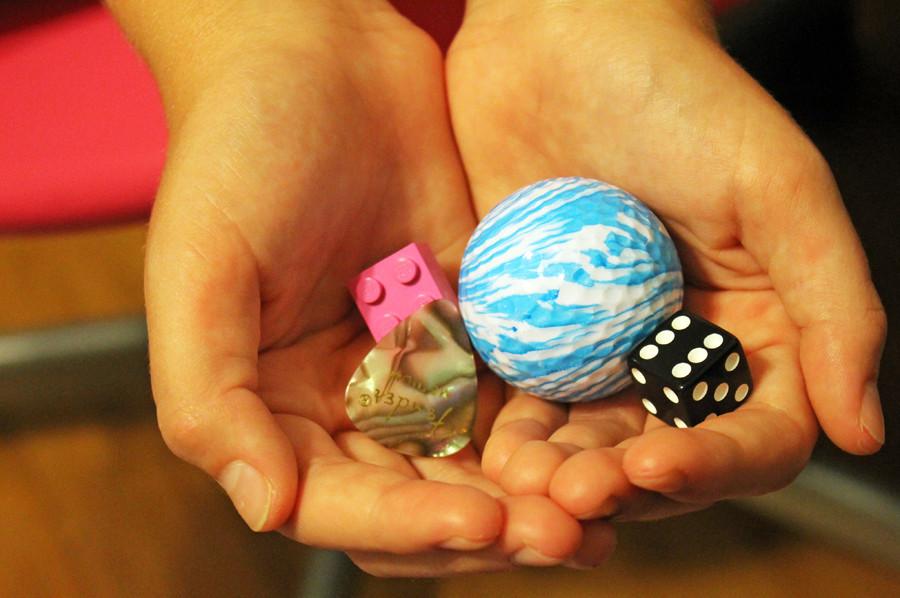3D printers have become increasingly affordable and compact, working their way into the public’s everyday lives. With websites such as “Thingiverse” or “Trimble 3D warehouse” and new ways to design and model objects, anyone can download and print anything.
A popular saying on the subject of 3D printing goes, “Your only limit is your own imagination.”
3D printing is a method of creating real-life objects from digital plans on a computer. It works by building objects from the bottom up, layering thin layer upon layer. 3D printers can print objects from materials such as plastic, powders, metal and paper. People have even 3D-printed objects out of sugar as part of The Sugar Lab, a husband-and-wife duo that works in architectural design. There are many different types of 3D printers, varying in size, cost, and printing techniques. As technology improves, 3D printers have become more available to the public, and now people can buy their own 3D printer for less than $300.
With the technology of 3D printing, people have already printed a working bicycle, cars, clothing, instruments, human bones and organs, weapons, and even food.
Cody Wilson, a 25-year-old college student in the U.S. created a fully 3D printed gun, causing much controversy. Wilson had to implant steel into the gun, though, to make sure that it will be detected by a metal detector and not violate the Undetectable Firearms Act. Wilson uploaded the printable gun to the Internet, and it has already been downloaded by over 100,000 people around the world. There are no laws preventing this, and as long as Wilson does not sell the gun, it is completely legal.
“It is dangerous to the society and it ruins a child’s sense of innocence,” said sophomore Nabilah Miah, in response to the 3D printed gun.
There has been debate over what, if any, limitations can be made in an effort to control 3D printing, and there is argument that the public has a right to the new technology.
Michael Stebbins, a geneticist working in the Office of Science and Technology Policy for the White House said, “The Obama Administration is committed to the proposition that citizens deserve easy access to the results of scientific research their tax dollars have paid for.”
While the thought of anyone being able to legally download and print lethal weapons in the comfort of their own home can be quite unnerving, 3D printers are also being used to save lives.
Scientists can now print real transplantable living human ears, livers, bones, skin grafts, and kidneys without the worry of rejection by the body as transplants are made using the patient’s own cells.
Eric Moger, a 60-year-old man in England, lost half his face to cancer rendering him having to be tube fed and unable to speak correctly. Scientists were able to design and print him a new left side of his face, and he can now eat and speak properly.
On a different level, the ability of people to create what they need and want in their own home will affect the economy; people may not need to buy items in stores as often. When a part of something breaks or gets lost, people can easily print a replacement. The popular website “Thingiverse” has a whole section for people to upload and download printable household items.
Sophomore Jennifer Lopez said that with 3D printers, people can “make their own things so they don’t have to go buy it.”
As technology continues improving, only time will tell the new ways, whether helpful, dangerous, or life-saving that 3D printing will continue to work its way into more people’s lives.























